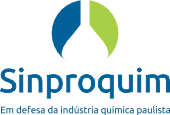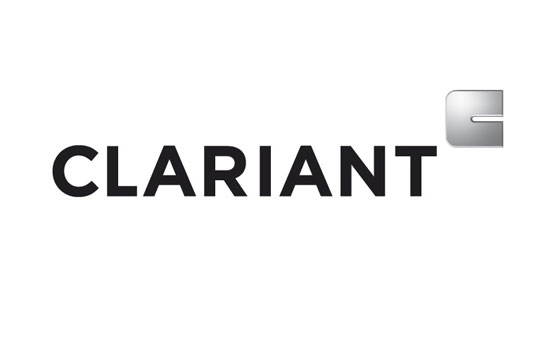Beyond carnauba: bio-based waxes redefining stability and sustainability in coatings & Inks
MUTTENZ, August 19, 2025 – Global trade conditions are changing rapidly. From seasonal crop risks to new tariffs and supply chain constraints, the reliability of traditional waxes such as carnauba is decreasing. This volatility comes at a cost for coatings and inks manufacturers.
“When trade conditions change, your wax supply shouldn’t,” says Mariano Suarez, Clariant’s Head of Marketing for Additives. “Our bio-based solutions, built on the innovation-driven Licocare™ RBW Vita platform and enhanced by new developments such as Ceridust™ 1150, deliver stability, sustainability, and high performance. Together, they offer our customers a reliable choice in coatings and inks.”
Q1: What macro shifts are putting pressure on traditional wax supply chains?
Mariano Suarez: Traditional wax supply chains are under growing pressure due to concentrated sourcing, seasonal limitations, and evolving global trade dynamics. Carnauba wax, for example, is harvested almost exclusively in Brazil. Its availability can fluctuate due to climate conditions and regional factors. As tariff frameworks change in key markets such as the US, manufacturers face greater complexity in planning and costs. These changes are prompting many manufacturers to reevaluate their material strategies and seek more stable and scalable alternatives.
Q2: How is Clariant helping manufacturers within the coatings industry manage volatility while also advancing sustainability?
Mariano Suarez: We’ve invested in stable, high-performing alternatives that address supply chain challenges directly. Our Licocare RBW Vita waxes are sourced from non-edible rice bran, an abundant agricultural byproduct with a secure, diverse supply chain across Asia. They deliver the performance customers expect while offering a renewable carbon index of over 98%, zero PFAS content, and up to 80% lower carbon footprint than fossil-based waxes. Because they avoid the seasonal, location-specific risks of carnauba, manufacturers not only gain measurable sustainability benefits but also a more consistent and scalable supply base. In an environment where tariffs and market realities can shift overnight, that combination of stability and sustainability makes all the difference.
Q3: Ceridust 1150 is a new addition to your portfolio. What does it bring to the table?
Mariano Suarez: Ceridust 1150, our latest rice bran wax-based additive, combines reliable supply with high performance for coatings and ink applications. It supports the transition away from fossil and montan waxes while avoiding the volatility of other waxes without compromising on functionality. The product delivers excellent scratch resistance, gloss control, and anti-blocking properties, exactly what customers expect from a high-end wax additive. And for those who want more information, our technical experts are ready to share insights into the unique advantages of rice bran wax.
Q4: Are customers ready to move away from traditional waxes, and what’s driving that shift?
Mariano Suarez: Absolutely. There’s strong momentum behind this shift. Customers are looking for sustainable, reliable, long-lasting ingredients. They understand that supply chain uncertainties are becoming the norm and want to proactively reduce risks. Meanwhile, growing regulations surrounding PFAS and emissions are propelling the industry toward more transparent solutions, exactly where Clariant’s expertise and innovative wax alternatives come into play to support a smooth transition.
Q5: Any final thoughts on how Clariant sees the future of performance waxes?
Mariano Suarez: Performance alone is no longer enough. What matters is purposeful performance that is delivered reliably, sustainably, and at scale. That’s precisely what we offer with the established Licocare RBW Vita range and our new Ceridust 1150. We’re not waiting for the next disruption. We’re developing solutions that will outlast it.
Ready to future-proof your wax solutions?
- Explore Licocare Rice Bran Waxes for Coatings & Inks
- Learn more about Ceridust 1150
- Discover how rice bran waxes are replacing carnauba in high-performance applications

